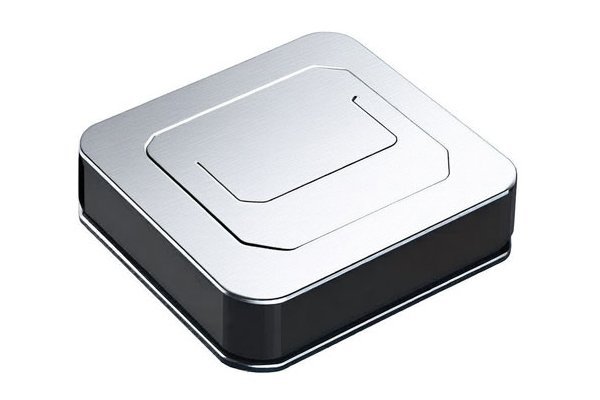Opening:
Did you know that stainless steel is one of the most commonly used metals in various industries, accounting for nearly 70% of total global nickel consumption? With its high corrosion resistance and excellent formability, stainless steel, especially 321 stainless steel, is a popular choice in the aerospace, chemical, and oil and gas sectors. However, machining this material presents unique challenges that require careful consideration when selecting the right tools. Understanding these challenges is your first step toward achieving high precision and efficiency in CNC machining processes.
—
Understanding 321 Stainless Steel
Before diving into tool selection, it’s essential to understand what 321 stainless steel is and its unique properties. Primarily composed of austenitic stainless steel, 321 alloy incorporates titanium to prevent sensitization, making it ideal for high-temperature applications. This quality proves invaluable in sectors like aviation and chemical processing, where components must withstand thermal stresses without degrading.
Properties of 321 Stainless Steel
Key Considerations for Selecting Tools
When machining 321 stainless steel, several factors should be considered to ensure your tools are equipped to handle this challenging material effectively:
The material of the cutting tool plays a pivotal role in determining its performance. For machining 321 stainless steel, consider the following tool materials:
The geometry of your CNC tools significantly impacts the machining process. Below are some critical aspects to consider:
Utilizing coated tools can enhance performance and tool life, particularly important for challenging materials like 321 stainless steel. Coatings to consider include:

Choosing the correct cutting parameters is essential for efficiency and tool longevity. Key parameters include:
Effective cooling and lubrication strategies can prevent overheating and reduce wear. Consider the following:
Employ maintenance practices that maximize tool life, making sure to monitor tool wear progression. This can help you replace tools before complete failure, preserving the accuracy and surface finish of your machined parts.
In conclusion, selecting the right tools for CNC machining 321 stainless steel demands careful consideration of various factors, including tool materials, geometry, coatings, cutting parameters, cooling strategies, and maintenance practices. By optimizing these aspects, you can enhance your machining capabilities, ensuring excellent quality, efficiency, and durability in your projects.
Understanding these principles not only allows engineers and machinists to work more effectively but also reinforces the importance of tailored solutions in manufacturing processes. With stainless steel being an essential material across multiple industries, investing time and resources into proper tool selection and management will undoubtedly result in significantly improved machining outcomes. As you contemplate your next machining project, remember the crucial factors discussed here, and position yourself to tackle the challenges of 321 stainless steel with confidence.
—
Final Thoughts
This blog has outlined critical tools and techniques essential for successful CNC machining of 321 stainless steel. By implementing these guidelines, you can enhance your machining process and deliver high-quality results while ensuring tool longevity and efficiency. The importance of thoughtful tool selection is a key factor that can significantly impact your project’s success, so be sure to revisit these concepts for each machining endeavor you tackle.






